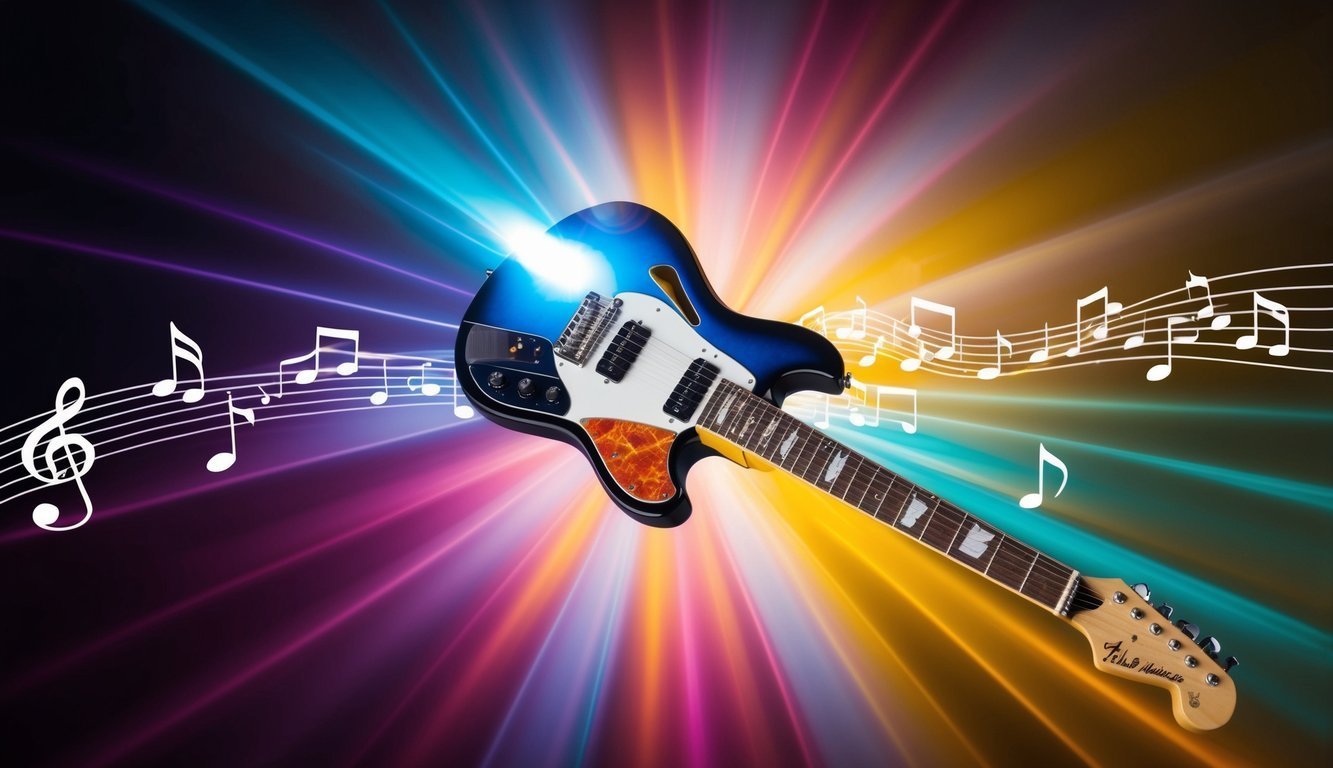In the early days of Queen, Brian May found himself wrestling with self-doubt as the band’s only guitarist.
He initially thought that having a rhythm guitarist could enhance their musical dynamic.
However, as time went on, Queen’s reputation for an electrifying stage presence grew, and May emerged as a legendary figure in the world of guitar.
His memorable performances, including the iconic solo on top of Buckingham Palace and their legendary Live Aid set, have secured his place in music history.
The Evolution of Brian May
As the band evolved, May came to a pivotal realization: the absence of a second guitarist didn’t diminish the audience’s experience at all.
Instead, he accepted the challenge, blending lead and rhythm parts into his playing style, which resulted in a distinctive sound that captivated listeners.
Reflecting on those early live shows, he noted how they learned that the energy of performing live was vastly different from that of the studio.
This four-member configuration allowed them to showcase an authentic sound without relying on layered recordings, making their live gigs all the more riveting.
Mastering His Craft
Though it took time for May to build his confidence playing solo on stage, he began with a sense of uncertainty, convinced that a rhythm guitarist was necessary.
As he refined his technique, he discovered how to combine lead and rhythmic elements, thus enriching the musical experience for fans in a way that felt orchestral.
Resilience and Passion
Moreover, Queen’s four-person lineup represented a departure from the usual five-member rock band structure.
May often pushed musical boundaries, recalling one particular gig at the Olympia, where he unleashed a ferocious sound by connecting his guitar to a Marshall stack, with the treble booster fully cranked.
The result, he humorously described, was akin to the buzzing of an “angry wasp. ” This unconventional approach not only showcased the versatility of Queen’s sound but also set a precedent for future musical experimentation in rock.
Around the same time, the era was marked by significant events in music, such as the MTV premieres Eric Clapton Unplugged, which captivated audiences and highlighted the raw talent of artists beyond their usual electric performances.
This growing trend of acoustic showcases further influenced the creative choices of bands like Queen, as they sought to explore new sonic landscapes while remaining true to their iconic style.
Despite facing obstacles—like a stroke last summer that temporarily affected his left arm—May has shown remarkable resilience.
He is recovering well and has rediscovered his passion for playing the guitar.
His journey is a testament to perseverance and ingenuity, inspiring fans everywhere to embrace their own paths and draw strength from what they love.

